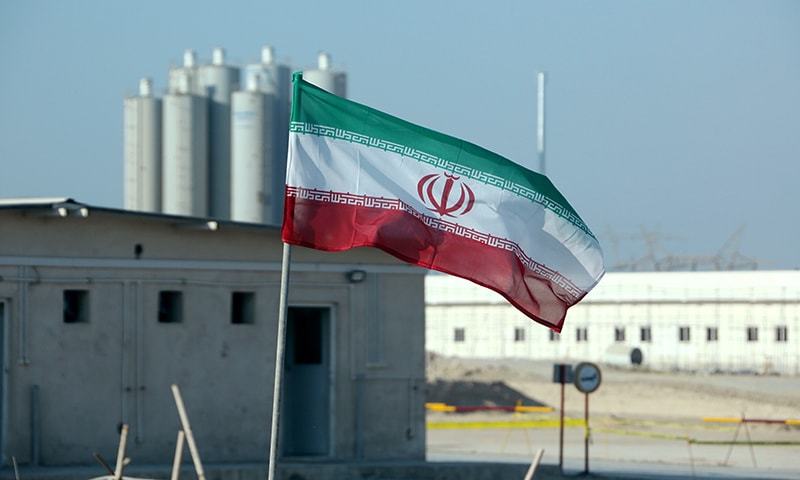![]()
COURTESY BY: https://www.hindustantimes.com/
The Chinese propaganda that India’s ban on Chinese apps is “selective and discriminatory” is completely misplaced, on the contrary, New Delhi has a long list of Chinese discrimination against trade and investments with certain countries, including India, officials with direct knowledge of the matter said requesting anonymity.
India has shown caution so far even as it has a long list of Beijing indulging in restrictive trade and investment practices such as the imposition of internet censorship through ‘Great Firewall’, restrictions on long-term visa and non-tariff barriers on investments, two officials working in two different ministries said requesting anonymity.
According to a PTI report on Thursday, the Indian Newspaper Society (INS) has slammed China’s action of restricting access to Indian newspapers and media websites and urged the Indian government to expeditiously take steps to ban access to Chinese media in the country.
Chinese mouthpiece Global Times on Thursday tweeted quoting China’s commerce ministry spokesperson Gao Feng, “To date, China has not adopted any restrictive or discriminatory measures targeting India’s products and services.”
The officials brushed aside Beijing’s contentions and its veiled threat to drag India to the World Trade Organization (WTO) over New Delhi’s Monday’s (June 29) decision to ban 59 mostly Chinese mobile applications such as TikTok, UC Browser and WeChat, citing concerns that these are “prejudicial to sovereignty of India, defence of India, security of state and public order”.
One of the officials, who is the government’s legal expert on strategic matters said, “Beijing has no basis to challenge New Delhi’s June 29 decision. Is there any agreement on this matter with China? No, not to my knowledge. India can defend [it] easily under the clause of national security interest and sovereignty of the country.”
“Therefore, the official Chinese reaction on June 30 was subdued and did not mention any bilateral or multilateral [WTO] agreement,” he added.
Sino-Indian tensions have shot up after a violent brawl between Chinese and Indian soldiers on June 15 along the Line of Actual Control in Galwan Valley in eastern Ladakh in which 20 Indian army personnel were killed.
Chinese foreign ministry spokesperson Zhao Lijian said on June 30 said, “The Indian government has the responsibility to protect the legitimate rights and interests of international investors in India, including Chinese businesses, in accordance with market principles. Practical cooperation between China and India is mutually beneficial. Deliberate interference in such cooperation will not serve the interests of the Indian side.”
TS Vishwanath, principal advisor at law firm APJ-SLG Law offices said, “This decision is taken based on national security concerns, therefore, India is very much within its right in the WTO agreement to take any action to protect its national security interest.”
The second official, who works in the economic ministry, said China is indulging in illegal and unfair trade practices as such routing its goods through a third country with which India has preferential trade arrangements to avoid paying higher duty, and dumping of cheaper Chinese products in India to harm Indian industries.
“The government is aware and agencies have been told to take action against such violations,” the official said. HT reported it on July 1.
Data suggests significant indirect inflow of Chinese goods and investments through locations with which India has free trade agreements (FTAs), preferential trade agreements (PTAs) or other bilateral commercial arrangements. It shows that total foreign direct investment (FDI) from China is minuscule, but many Indian firms have received Chinese investments. Similarly, imports from China have registered a minor decline recently, but at the same time imports from Hong Kong and Singapore have surged, officials said.
The latest official data shows foreign direct investment from China between April 2000 and March 2020 was $2.378.71 billion, which is 0.51% of the total FDI inflow into the country in the two decades.
According to the Federation of Indian Export Organisations (FIEO), while India’s trade deficit with China narrowed by $6.05 billion to $51.25 billion in 2019, the gap with Hong Kong widened sharply by $5.8 billion in 2019, nullifying almost all the gains. Similarly, India trade deficit with Singapore was $5.82 billion in the previous financial year.




